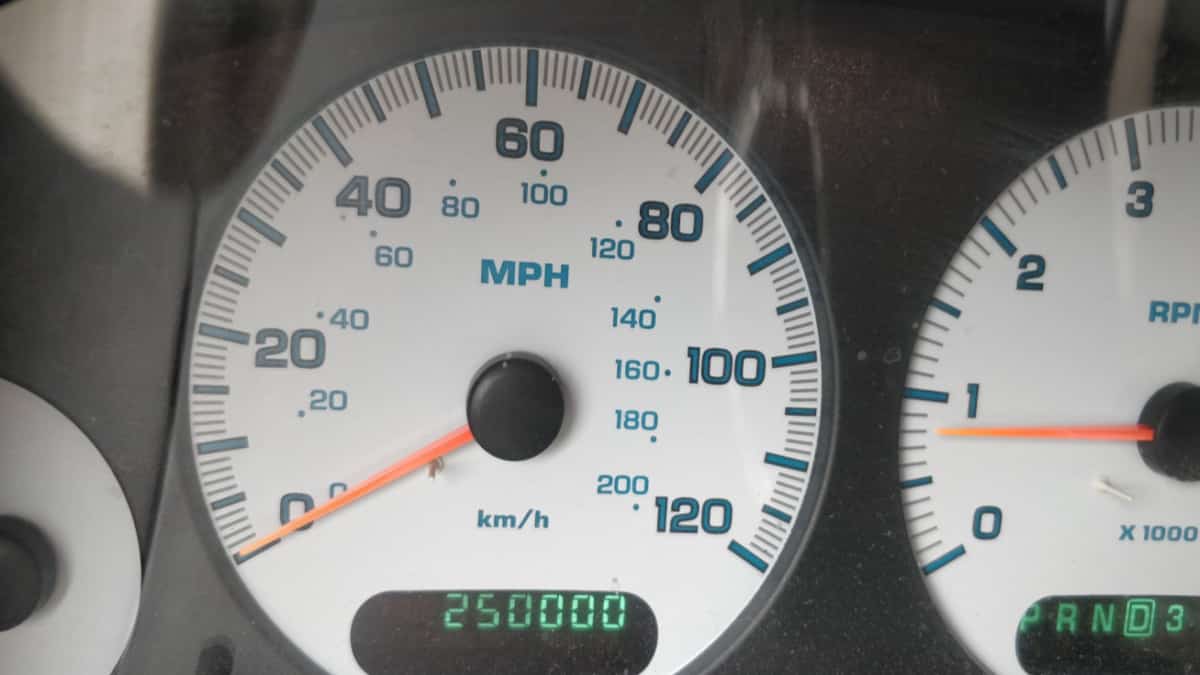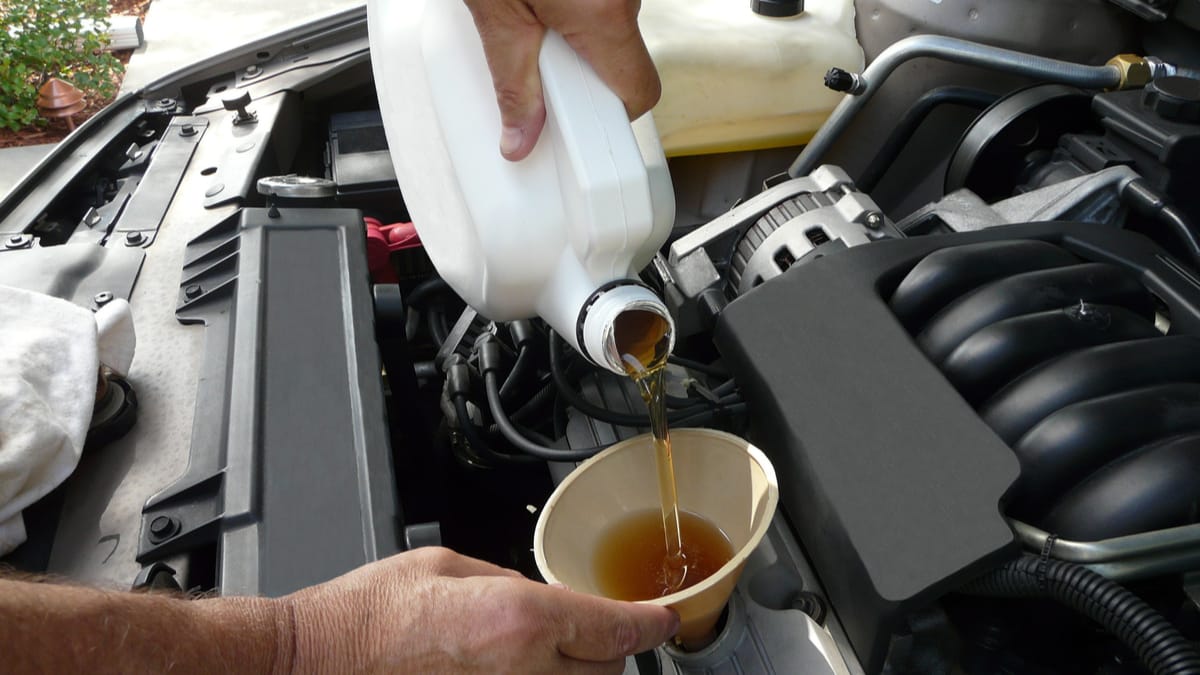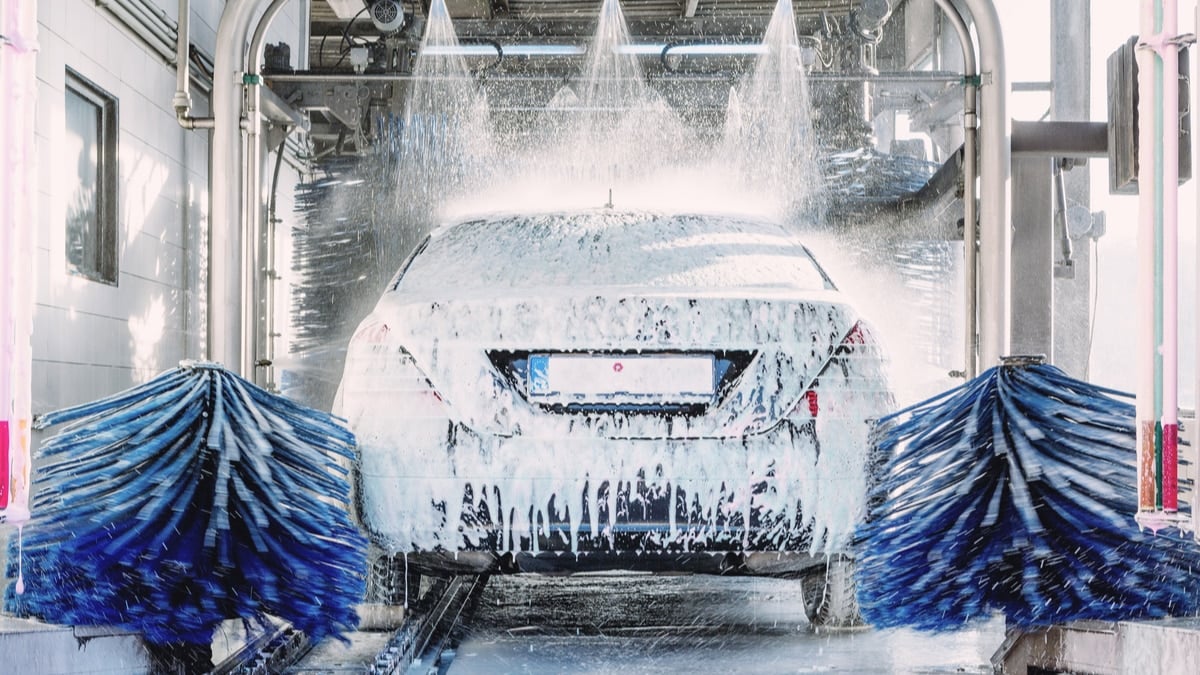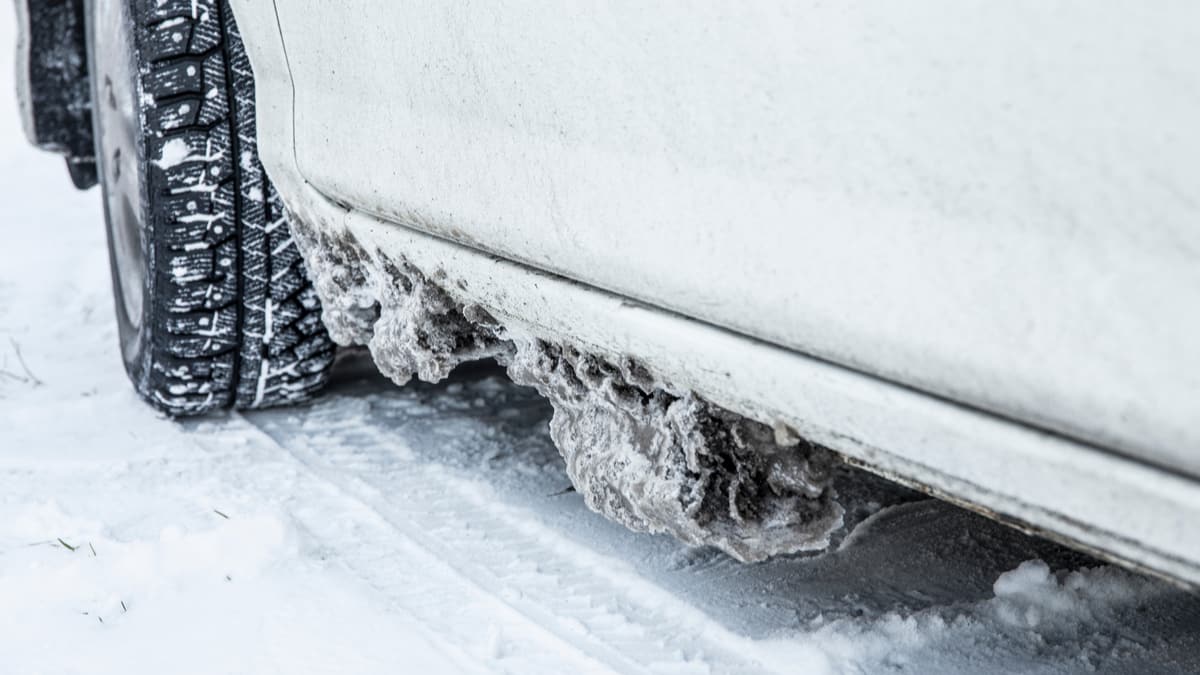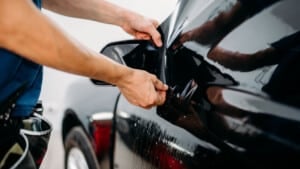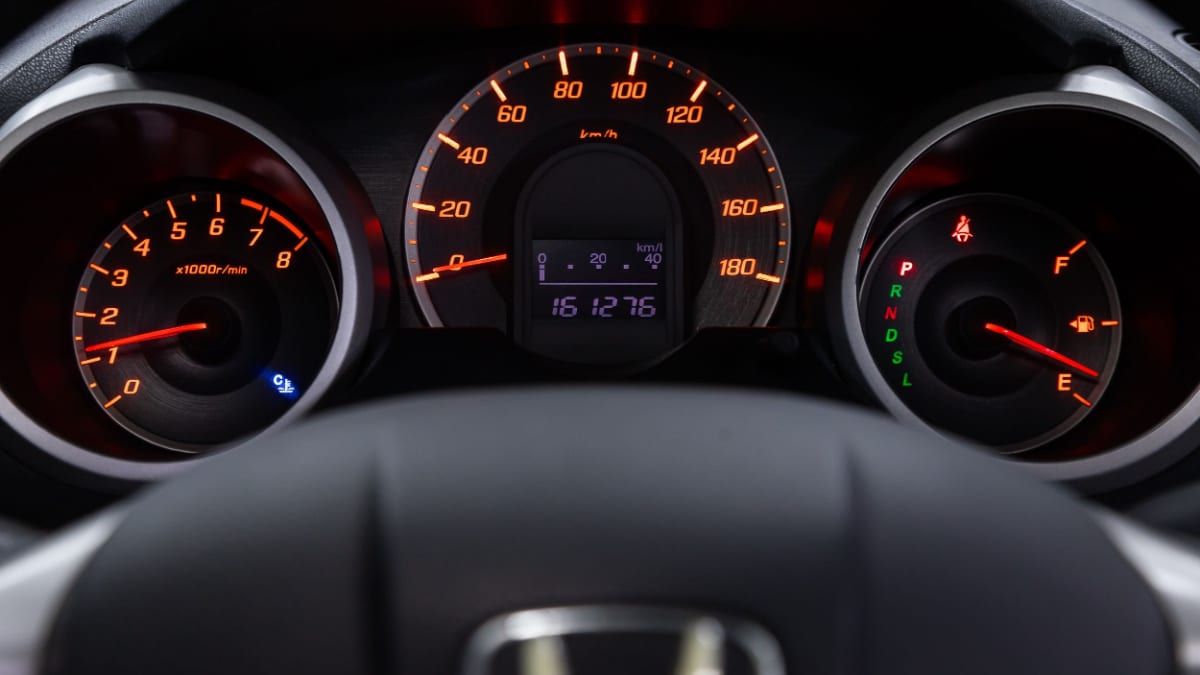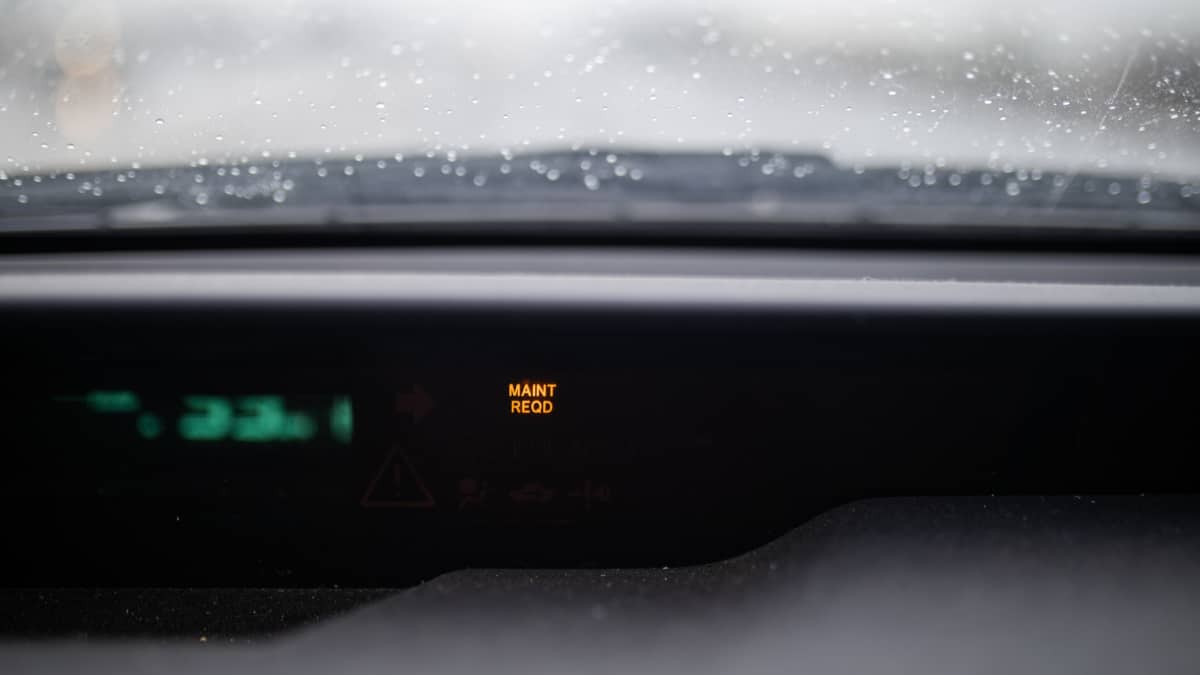It’s natural to want your car to last as long as possible, especially if you want to get more money for it when it comes time to sell. With some simple car maintenance tips, you can extend the life of your car and keep it in better shape.
In this guide, we cover the top tips that anyone can do. From cleaning the vehicle to following the maintenance schedule, you can get more life out of your car.
Top 15 Car Maintenance Tips
To keep your car running its best, clean it and maintain fluid levels. Replace windshield wipers, rotate the tires, maintain tire pressures and perform regular inspections. Make sure you keep the battery terminals clean, change the oil, replace the brake pads and stay on top of regular maintenance.
Read further to determine how to implement each of these steps.
1. Wash Your Vehicle Regularly
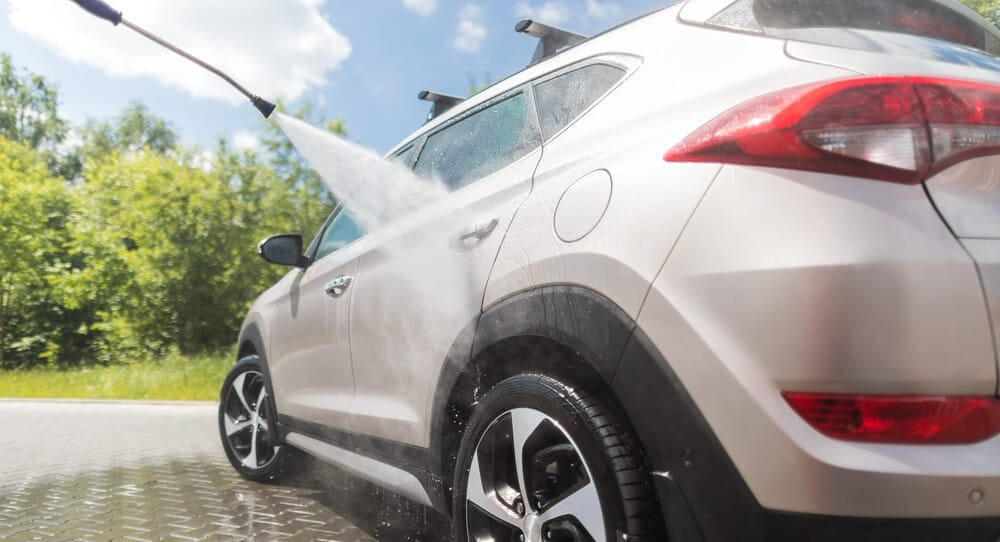
It may not seem like cleaning the car is going to keep it in good shape, but it’s imperative to the life of the vehicle. By cleaning off road salt, debris and contaminants, you prevent rust and corrosion from occurring.
Rust forms because of a chemical reaction when the iron molecules of the car interact with oxygen. If you try to sell a rusty car, you aren’t going to get the full resale value and rust is very expensive to repair. Your best bet is prevention.
2. Check And Maintain Fluid Levels
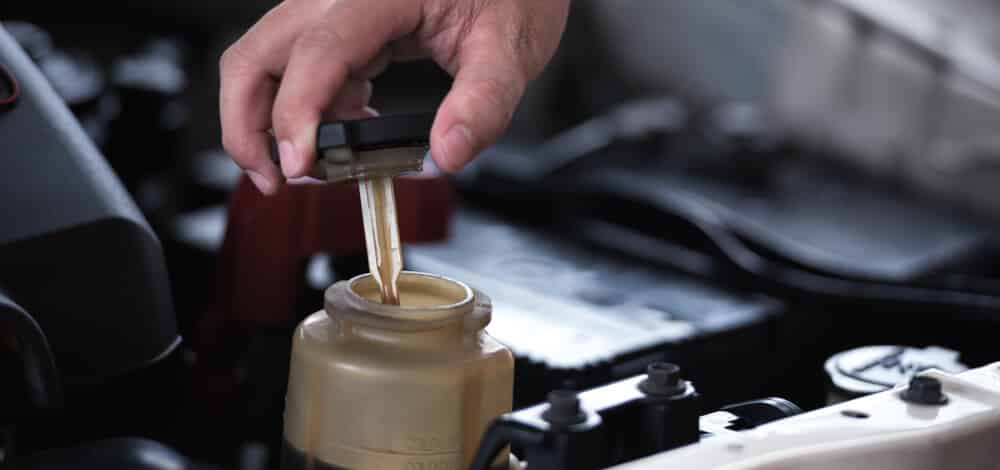
Every fluid that’s used in your vehicle has an important purpose, but to work properly, it must be filled. For example, there must be enough motor oil for the engine to receive the lubrication it needs. The same is true with transmission fluid.
For that reason, you want to check all of the fluids periodically, even the windshield washer fluid. If any of them are low, top off the system. If the fluid continues to look low, there could be a leak that needs to be repaired.
3. Replace Windshield Wipers
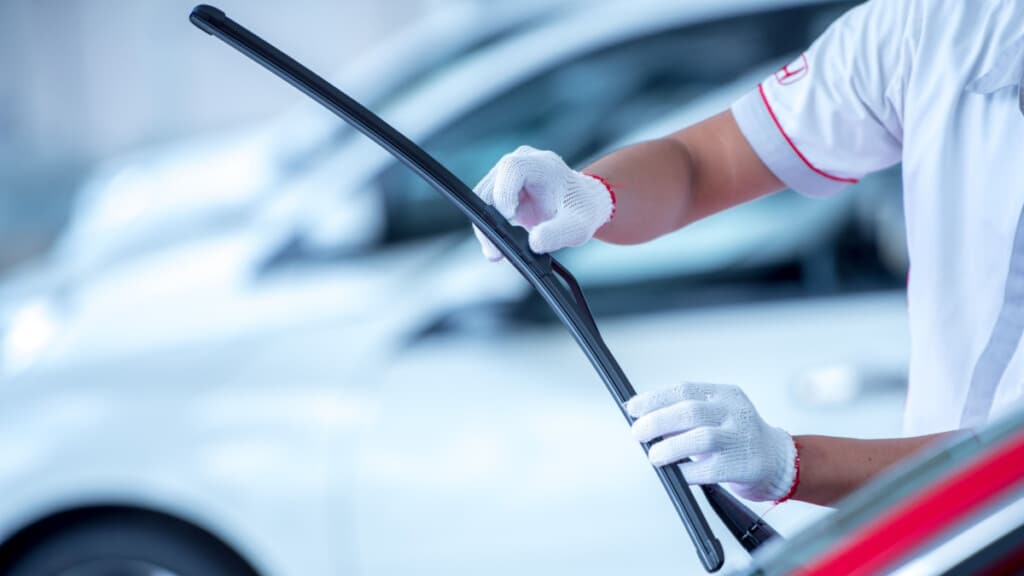
You may not think about the windshield wipers until they start to leave streaks behind. To keep your visibility its best, we recommend changing the wipers every year unless extreme situations call for replacement more frequently.
The windshield wipers should always glide seamlessly across the auto glass. There should be no residue or streaks left behind. Any imperfection can lead to reduced visibility, which could cause an accident, so don’t wait.
RELATED: How to Change Windshield Wiper Blades (7 Steps)
4. Rotate The Tires
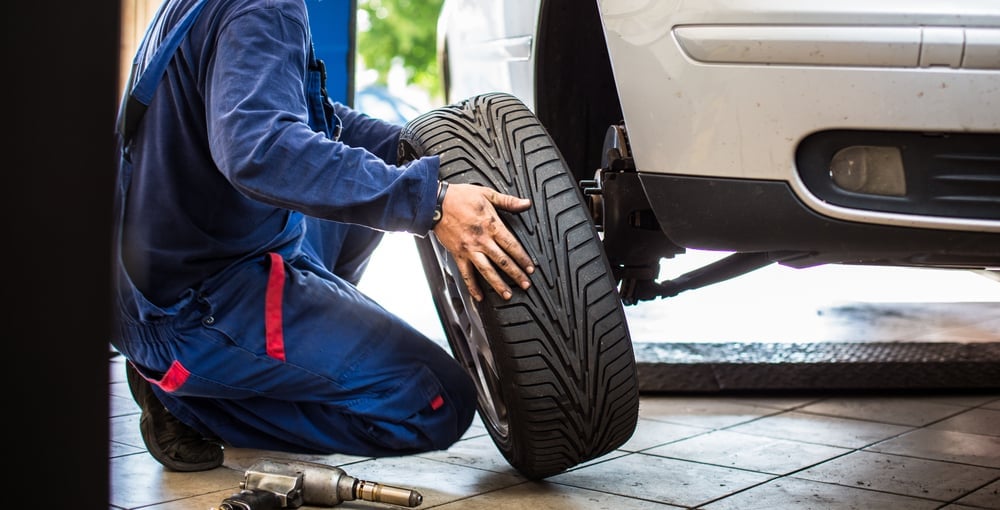
By rotating the tires every 5,000 to 7,500 miles, you help the tread wear evenly. However, rotating the tires isn’t always a simple task.
You need to pay close attention to tire rotation patterns, as each car requires something different. In some cases, it’s okay to rotate the tires from front to rear or side to side. Other cars require the forward cross, X-pattern or rearward cross rotation instead.
5. Check And Maintain Tire Pressure
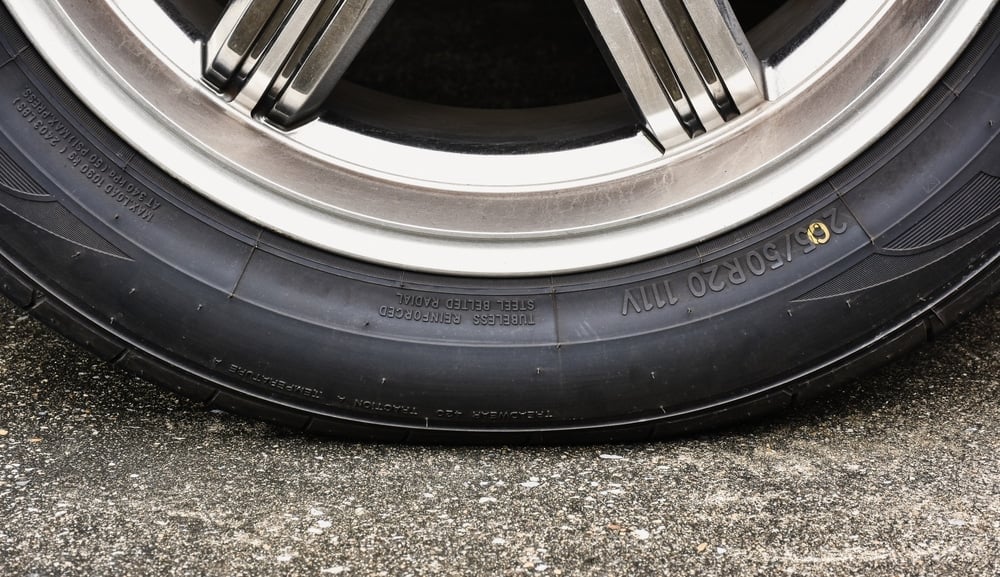
The tires are the only part of your vehicle that touch the road. For that reason, it’s imperative that there’s an appropriate amount of pressure inside them, ensuring you have a safe ride. You can find the recommended psi on the label inside the driver’s side door.
We recommend checking the tire pressures once a month and topping off the air if necessary. You also want to check them when the temperatures change significantly. If you find a leak in any of the tires, you should have it repaired or replaced immediately.
RELATED: How to Find the Correct Tire Pressure For Your Car
6. Pay Attention To Your Tire Tread
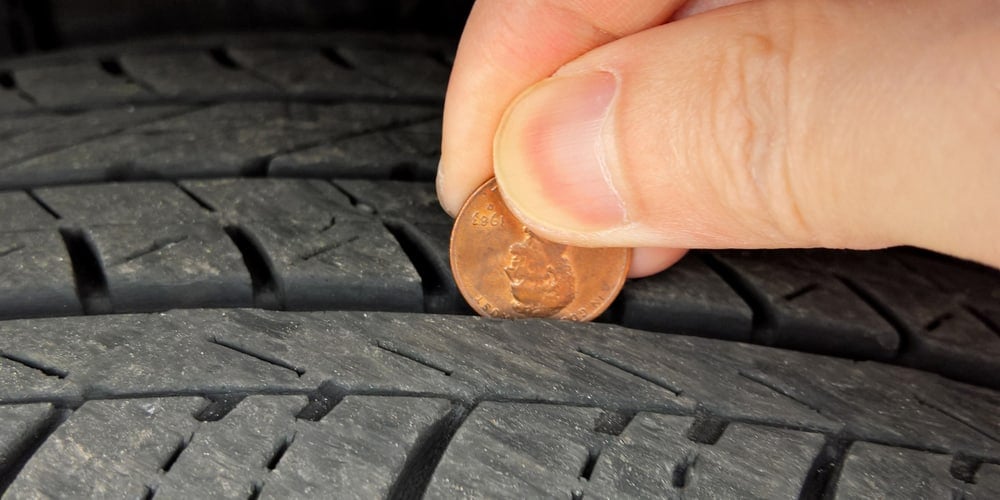
While you fill up the tires, perform a quick inspection of the tread. If you notice uneven tire wear, you may be able to get away with a rotation, but you should figure out what’s causing the problem and fix that as well.
If there’s any damage to the sidewall or chunks out of the tread, you have bigger problems. Have the tire replaced immediately before you have a blowout on the highway.
7. Check Your Headlights, Turn Signals, Brake, And Parking Lights
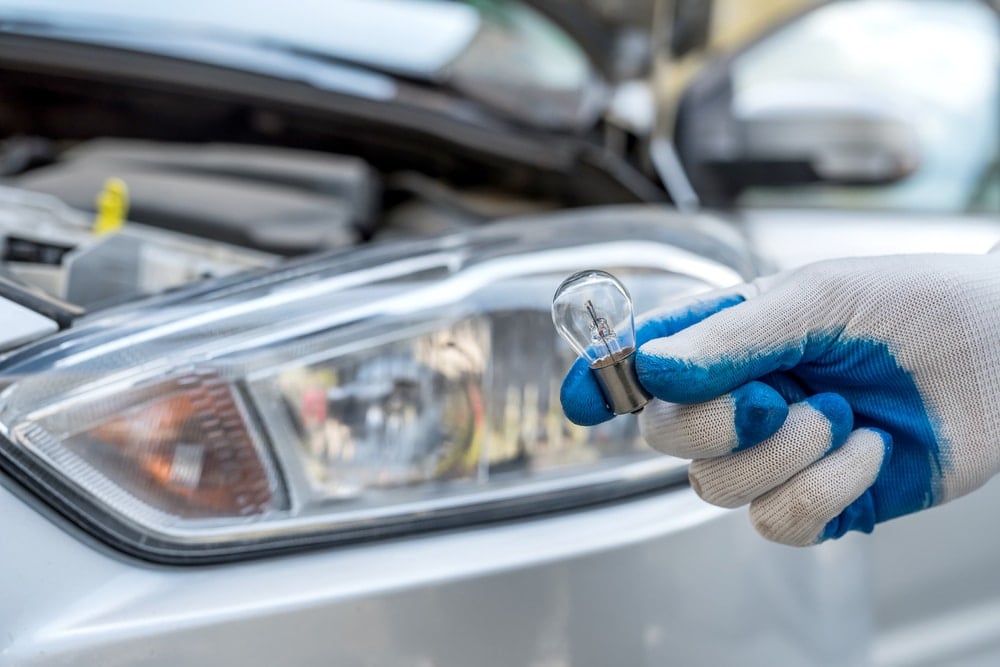
While checking the lights on your car isn’t going to keep it running better, it can prevent an accident. You have a lot of exterior lights that must be working correctly to protect you. For example, you need the headlights when driving in low-light situations, or you may not be able to see far enough.
Every once in a while, grab a friend and check all the lights together. Run through the headlights, turn signals, brake lights and parking lights. Don’t forget to throw the car in Reverse too, making sure those indicators light up.
8. Keep The Battery Terminals Clean
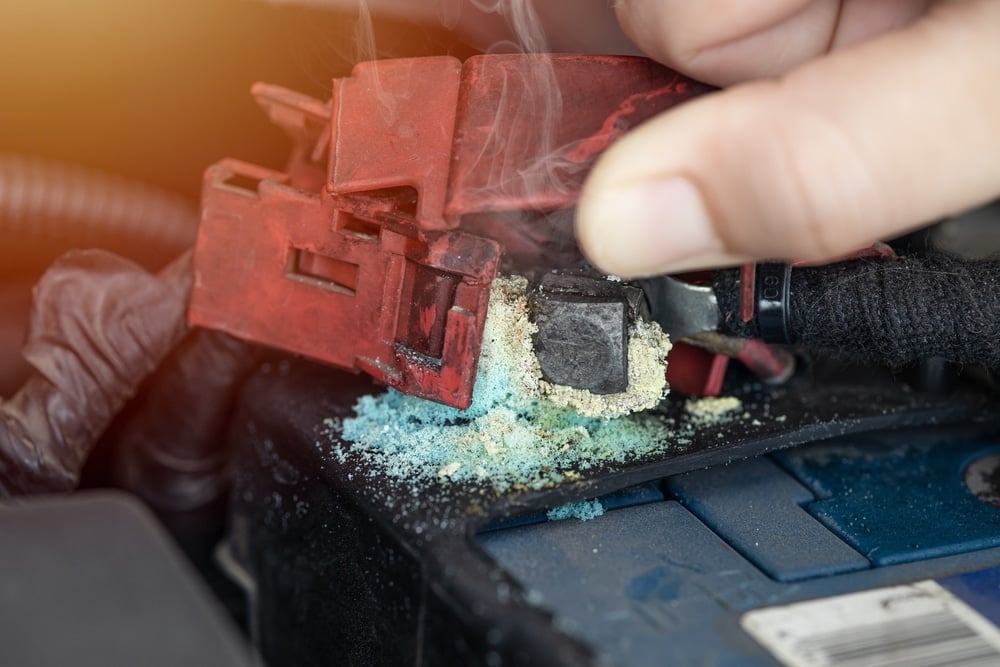
For your vehicle to start, you need a functioning battery to provide plenty of voltage. If any of the connections become corrupted, the voltage won’t be able to flow freely and you may get stranded in an uncomfortable location.
Take time to visually inspect your car battery occasionally for any signs of wear. You are looking for bulges or swelling of the case. If you see these, the battery should be replaced. If you see corrosion on the terminals, you can clean it off with a baking soda and water mixture to re-establish the connection.
9. Change The Motor Oil
Changing the oil is one of the most important ways to keep your car running at its best. Depending on what type of oil you use, you may need to change it every 3,000 to 10,000 miles.
At the same time, you should replace the engine oil filter to keep the fluid flowing freely. In between changes, check the oil level and monitor the system for any leaks.
10. Replace The Brake Pads
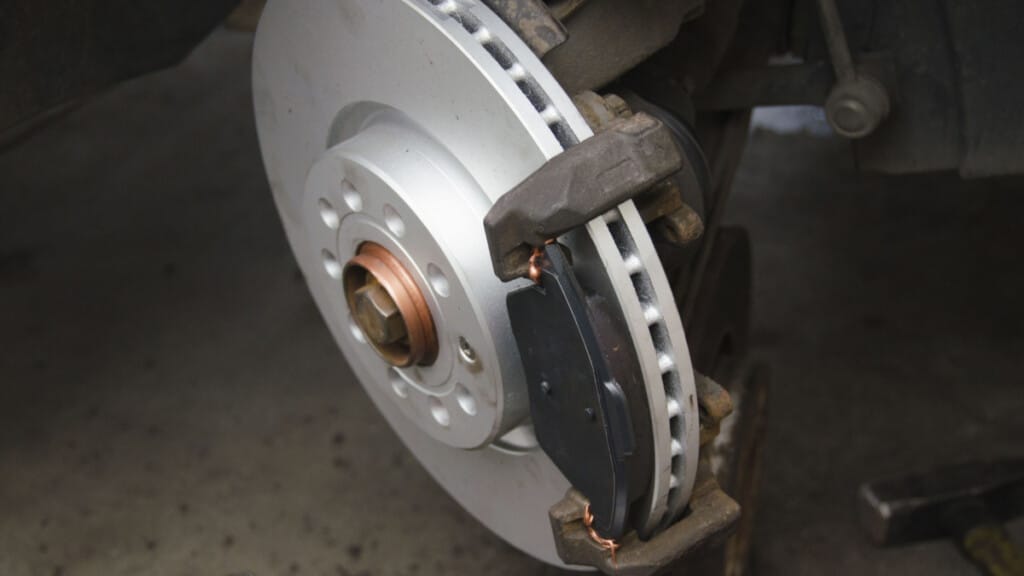
There is no set interval on when brake pads should be replaced. They may need to be replaced as early as 25,000 miles if you spend a lot of time in stop-and-go traffic. Otherwise, they could last up to 75,000 miles.
The key is to make sure they get replaced at the first sign of wear. As soon as you hear squealing noises or notice trouble stopping, it’s time to put new pads on. It’s also helpful to start watching the pads after 25,000 miles. If you don’t change them, you could face damaging the rotors or other vital brake components.
11. Replace The Cabin Air Filter, Fuel Filter, And Air Filter
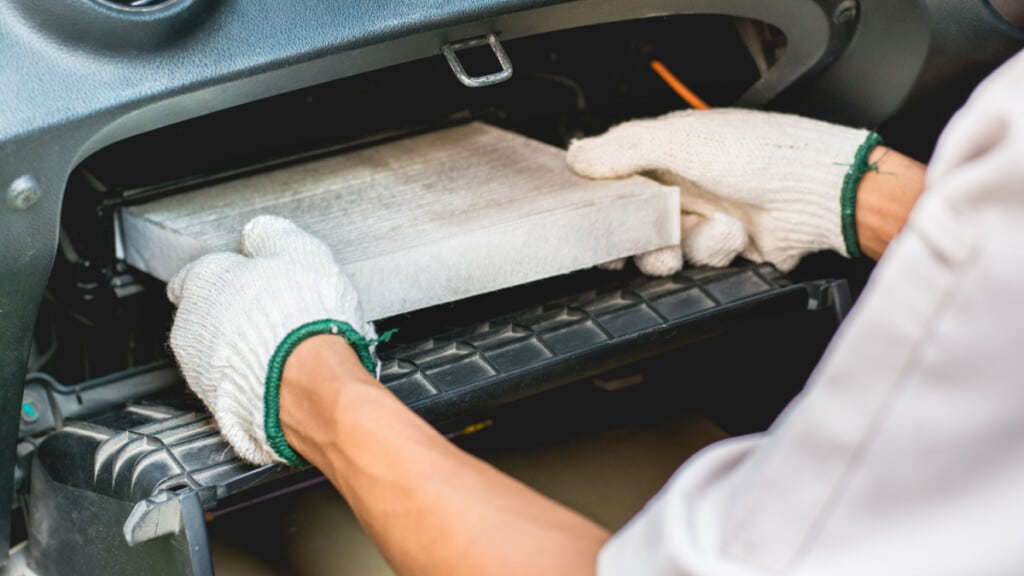
Your car has multiple filters installed to keep it running at optimal conditions. Each filter has its own recommended replacement interval that should always be followed. If it isn’t, damage could occur to the engine or other vital components.
For example, the cabin air filter should usually be replaced every 15,000 miles, while the fuel filter normally has a recommendation of every 20,000 to 30,000 miles. You may need to replace the engine air filter every 12,000 to 15,000 miles. Find the recommended intervals for your car in the manufacturer’s maintenance schedule.
12. Inspect Belts and Hoses
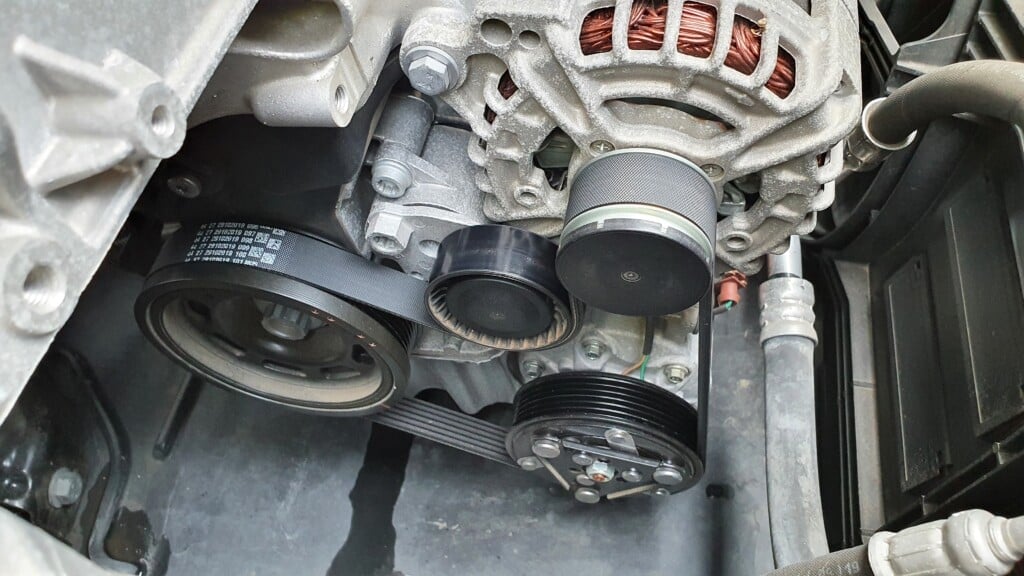
While you aren’t required to change the belts and hoses on a regular basis, you do want to check them often. If there’s one with a malfunction, tear or crack, you want to know it sooner than later.
Whether you are dealing with a vacuum hose or the serpentine belt, a quick inspection can head off a lot of trouble. You may want to include these checks in your yearly maintenance.
13. Check Brake Pads & Rotors
While it’s important to change the brake pads regularly, it might be even more valuable to check them often. Dirt and debris can get trapped in the brakes, leading to mechanical problems.
If you are on top of the brake condition, you can prevent costly repair bills. You’ll also know when the pads and rotors need to be changed.
14. Lubricate Door Hinges
If you’ve ever driven a car with a squeaky door, you know how annoying it can be. By applying lube regularly, you can keep these noises at bay. Additionally, if hinges are dry, they can bend or wear out over time. It’s also a common area for rust to occur, which we dealt with earlier.
There are several types of lubricant you can choose. Lithium grease is heavy and great for door hinges. It prevents degradation and repels moisture. Silicone spray is lighter but can also prevent rust from occurring. Teflon or PTFE repels water and works well in extreme temperatures. Otherwise, you might try a dry lubricant, but it’s not going to offer as much protection as a wet alternative.
15. Wheel Alignment Every Two Years
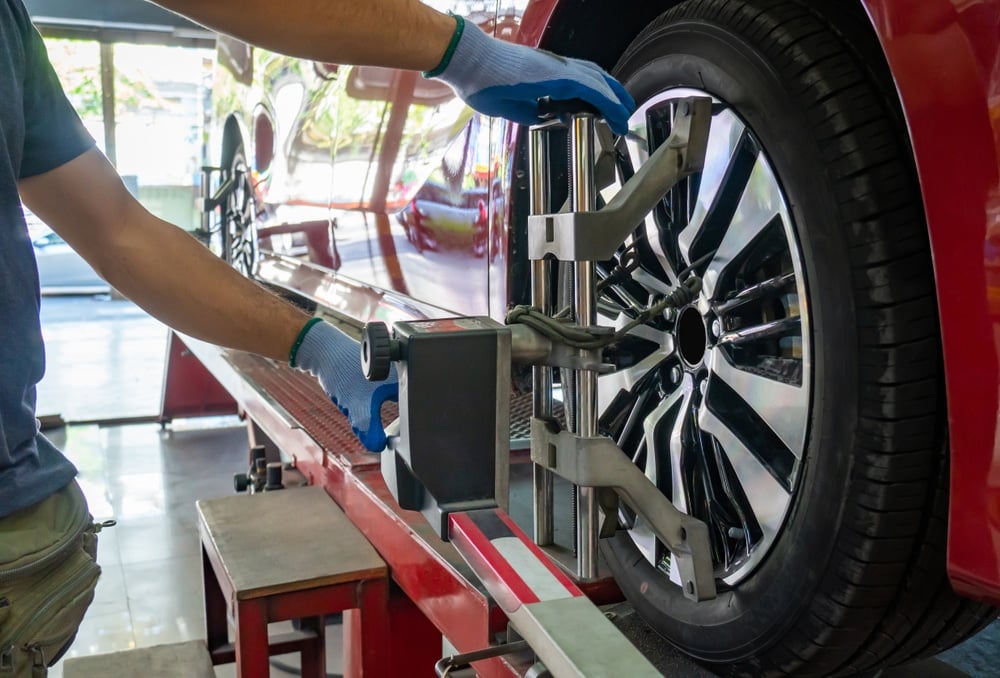
If the wheels aren’t aligned, the tire tread is going to wear unevenly. It can also cause trouble keeping the vehicle on the road as you fight the alignment.
It’s best to have the wheels aligned every two years. If you change the wheels, tires or have any other suspension work, you may also need to get another alignment.
What monthly maintenance should I do on my car?
Every month, you want to inspect the tires and check the air pressure. It’s also a good time to check all of the fluids and top them off. Additionally, you want to clean the vehicle and check the headlights to ensure they are bright. While you are at it, you can check the other lights, such as the turn signals and hazard blinker.
What should I check daily in my car?
It’s not necessary to do a full vehicle inspection before every drive, but a quick walk-around can help you see any major problems. Once you get into the car, you want to adjust your seat for comfort and the mirrors for visibility.
What is the most important part of car maintenance?
Every part of the recommended maintenance schedule is important, but the oil change is properly the most vital. You don’t want dirty oil circulating through the engine, or it could lead to premature failure. Make sure the oil and filter are changed at regular intervals to protect the motor.
What car maintenance should be done regularly?
You want to do everything listed in the maintenance schedule set by the manufacturer. Some of these tasks can be done at home with some basic tools, such as an oil change. Other tasks may require help from a professional, such as the wheel alignment because the car needs to be put on a rack.
What are some basic car maintenance tips?
To keep your car running its best, following the recommended maintenance schedule is imperative. You should also wash and wax the car often to prevent contaminants from destroying the paint. By fixing things at the first sign of failure, you further protect the car from unnecessary damage.
Most car maintenance tips aren’t difficult to follow through with. Even if you aren’t a professional technician, as we are, you can still do many of these in your home driveway. For example, it’s not difficult to get someone that can help you check the lights on your car.
If you need further help with any of these tasks, find a reputable repair shop in your area that you can pay. It’s better to stay up with these tasks than to deal with larger issues down the road. You also retain the resale value, which pays off when it comes time to sell.
Categories: General, Maintenance

